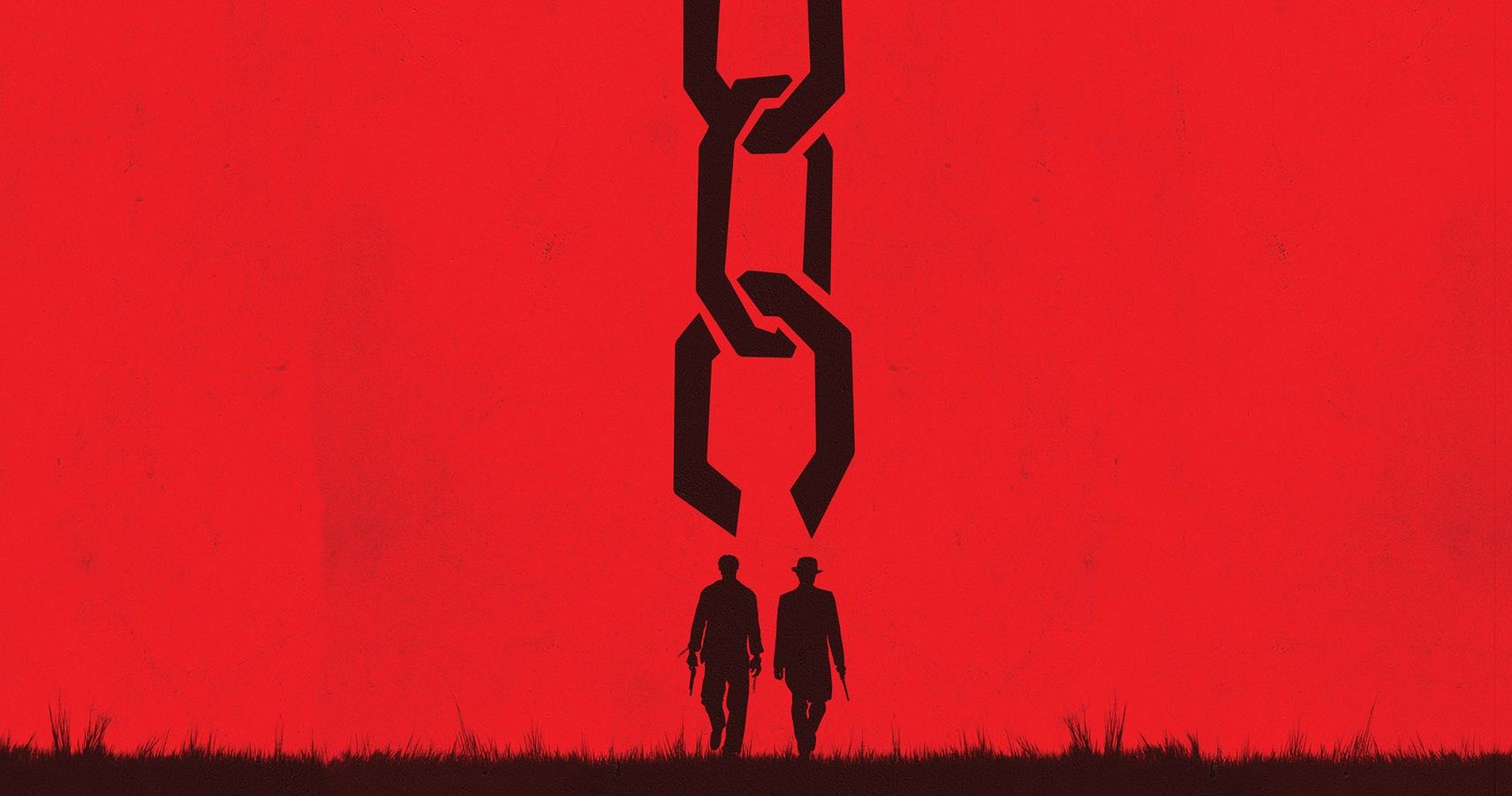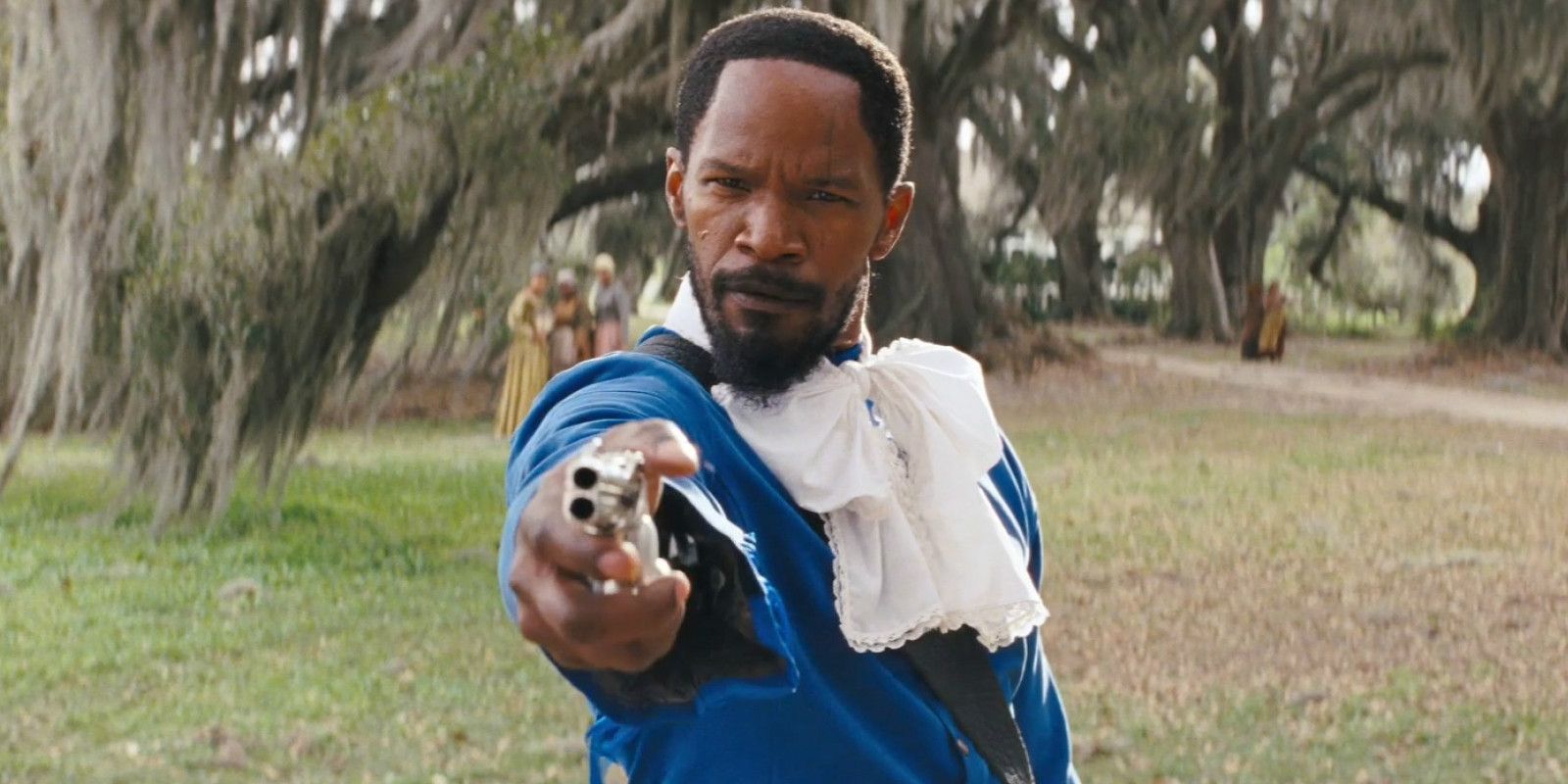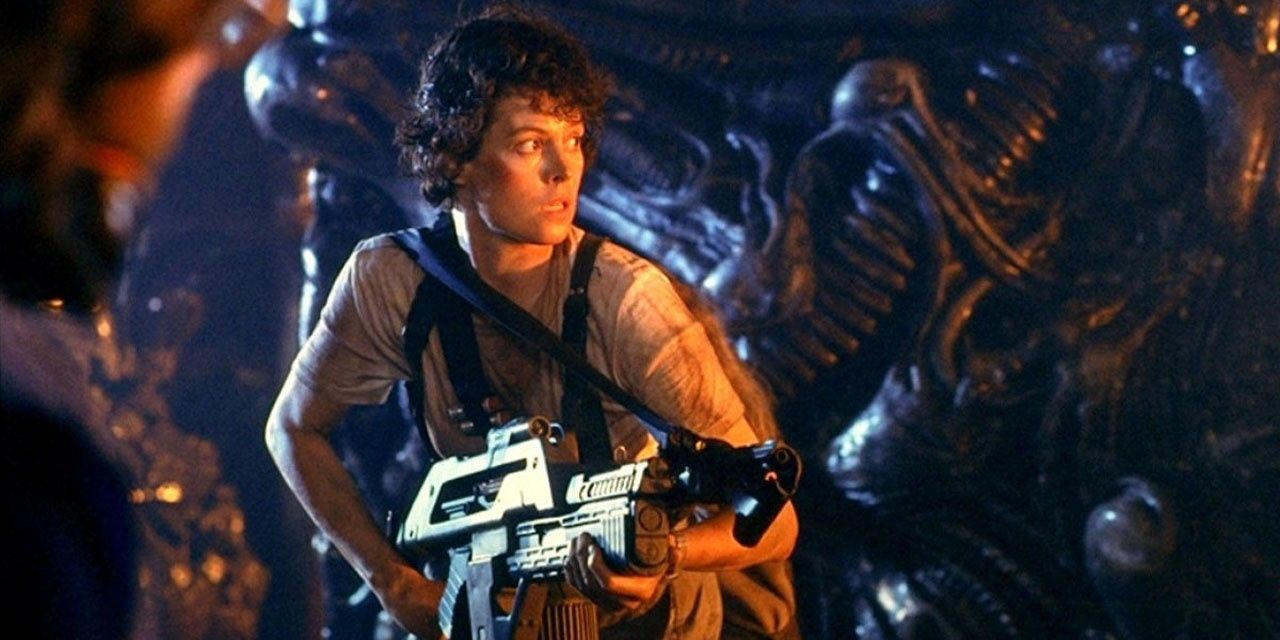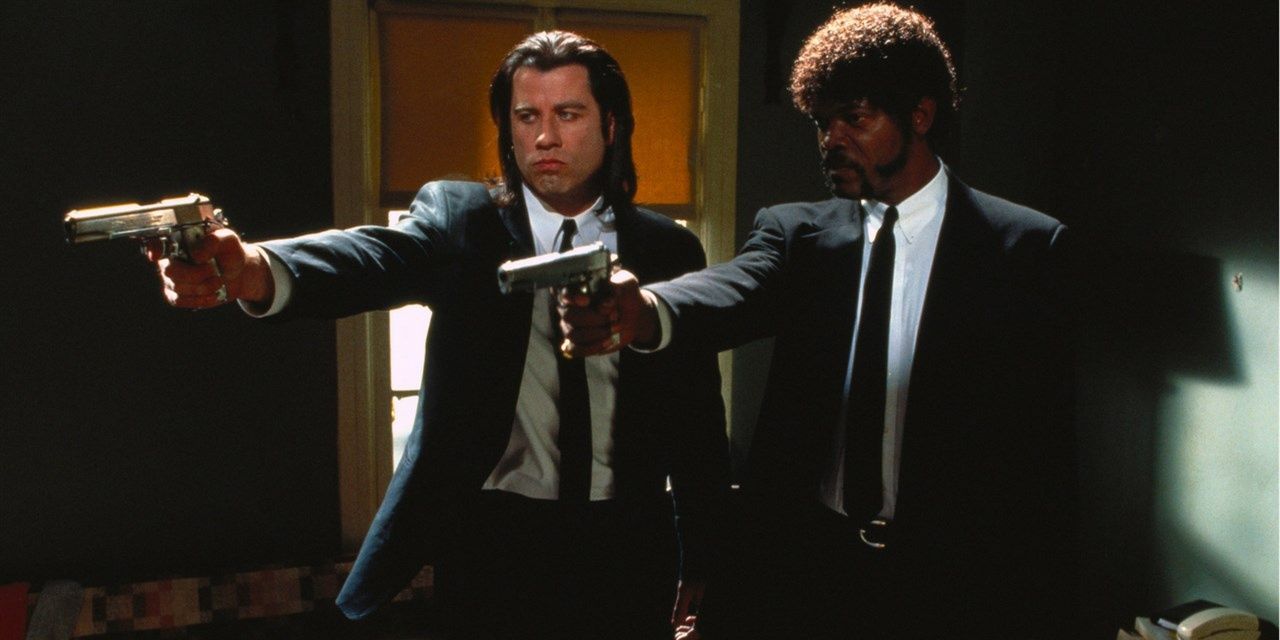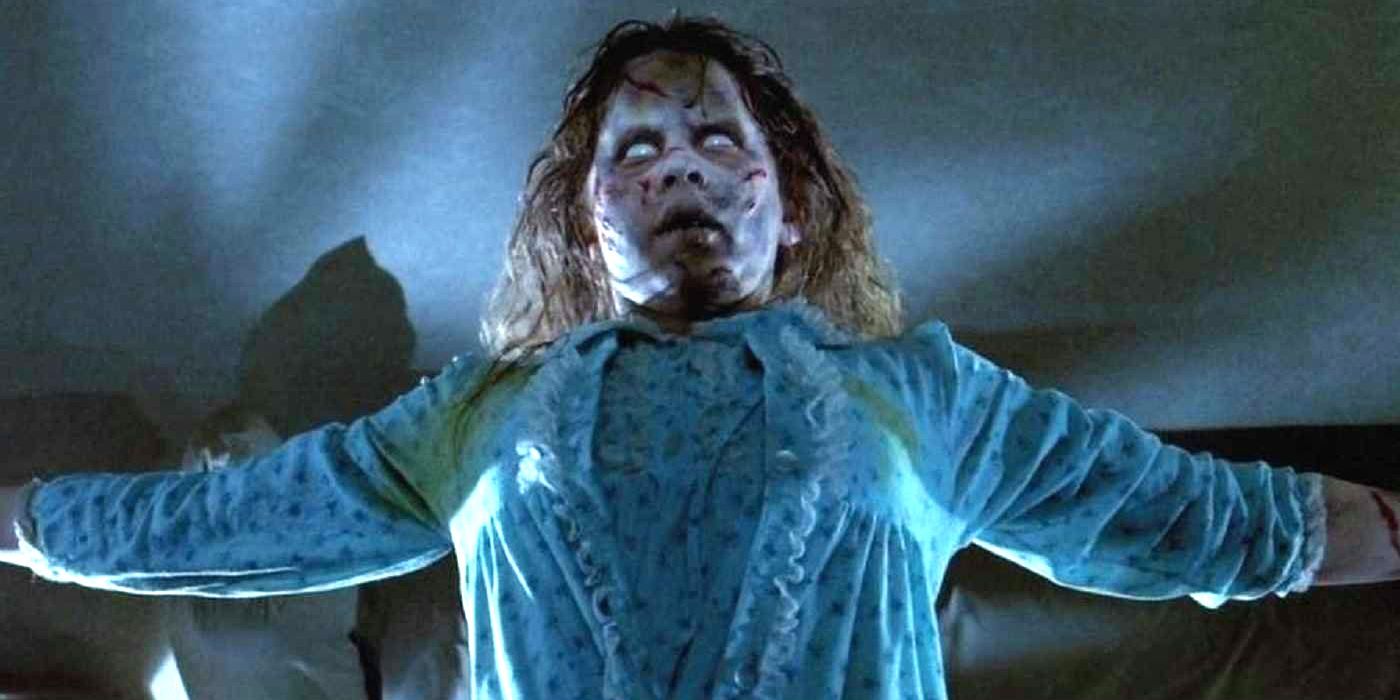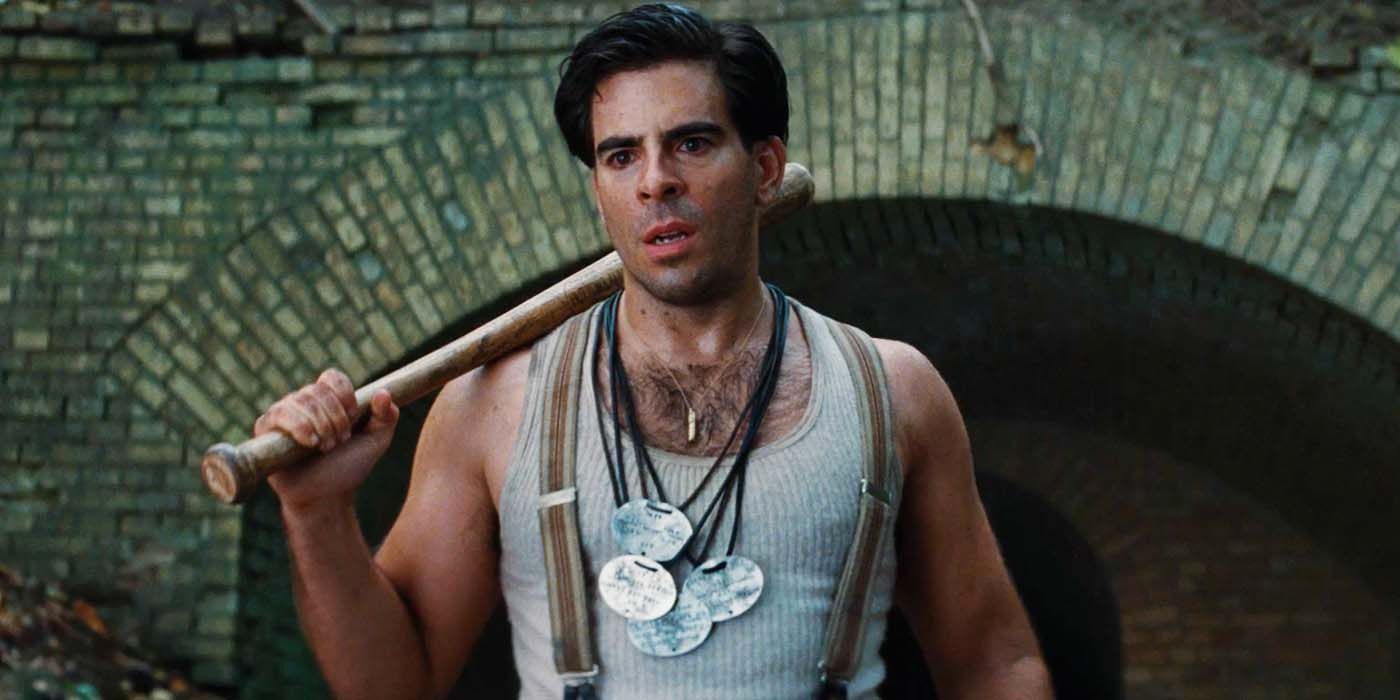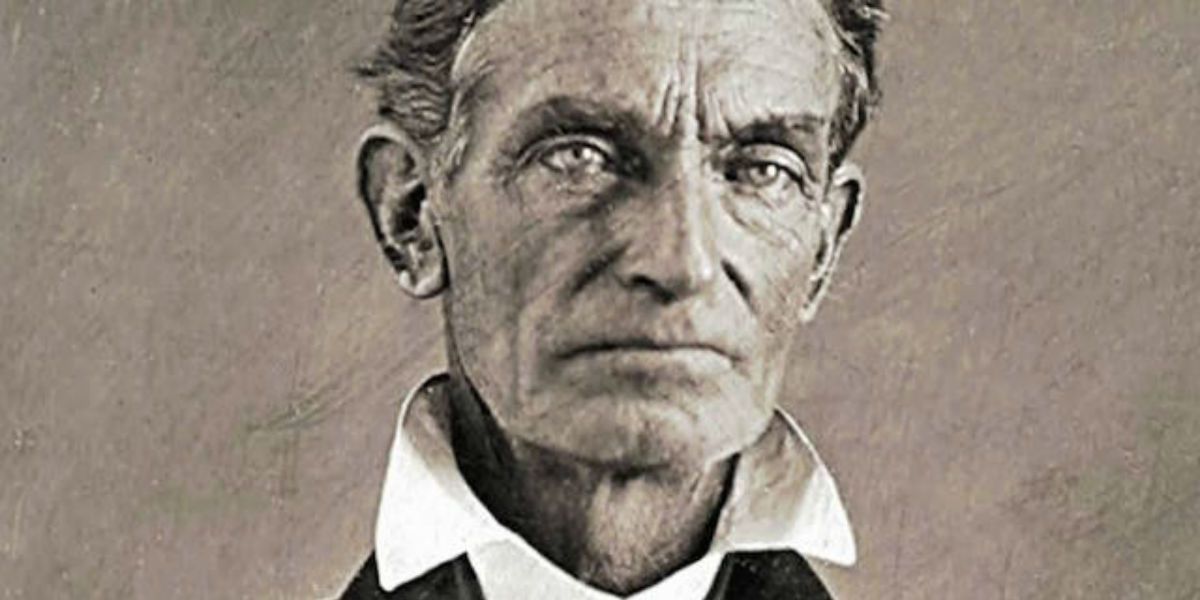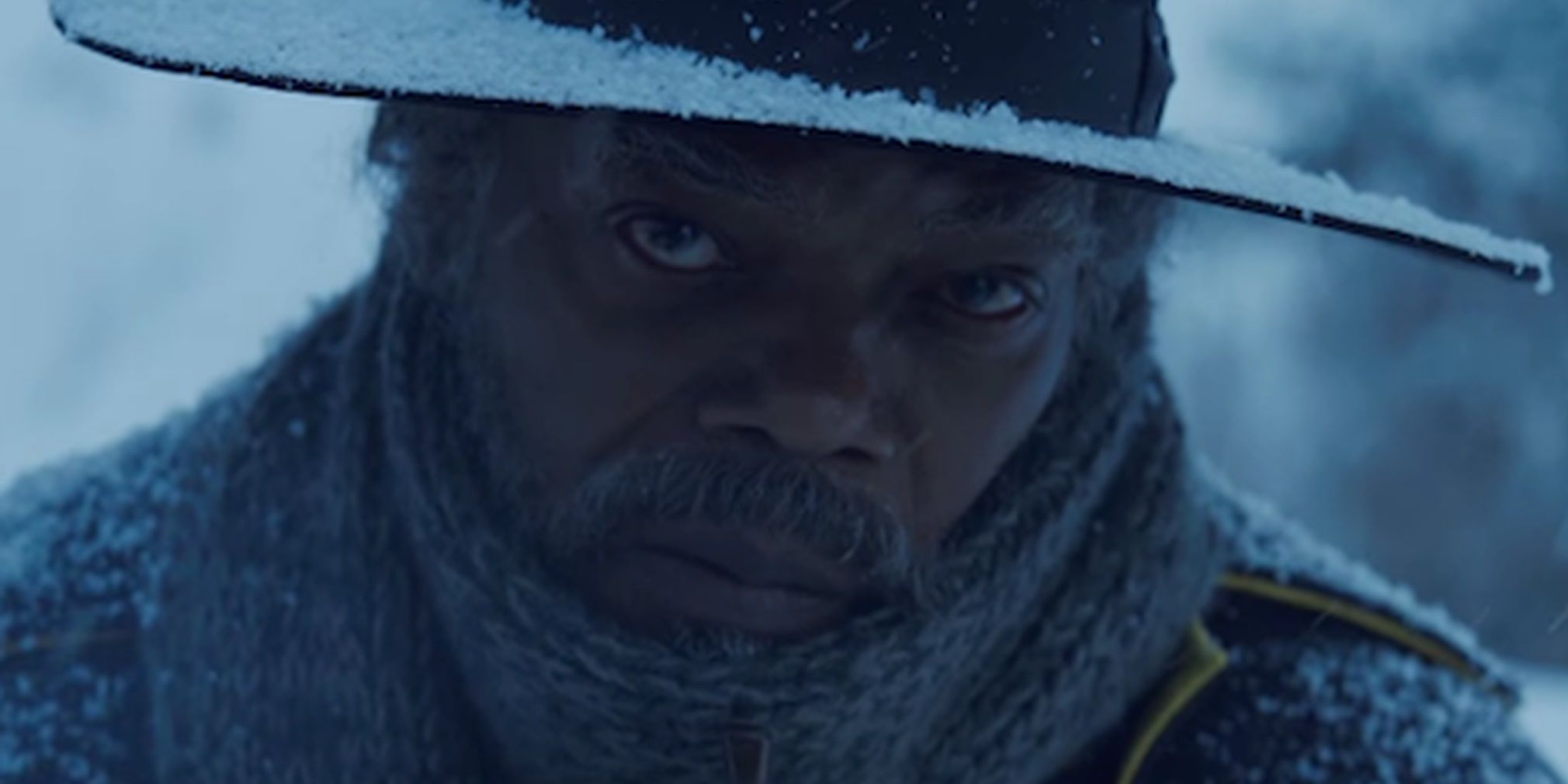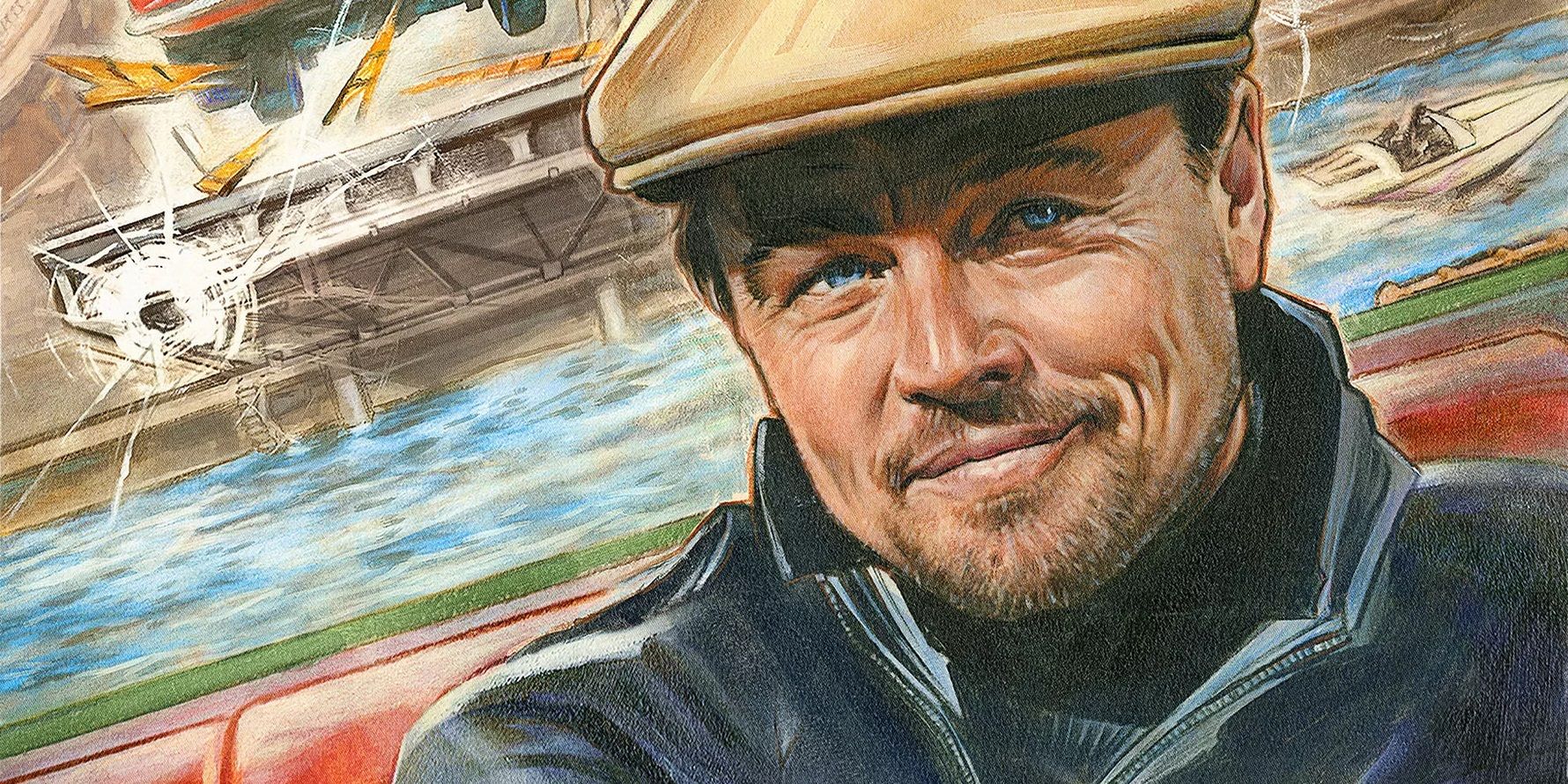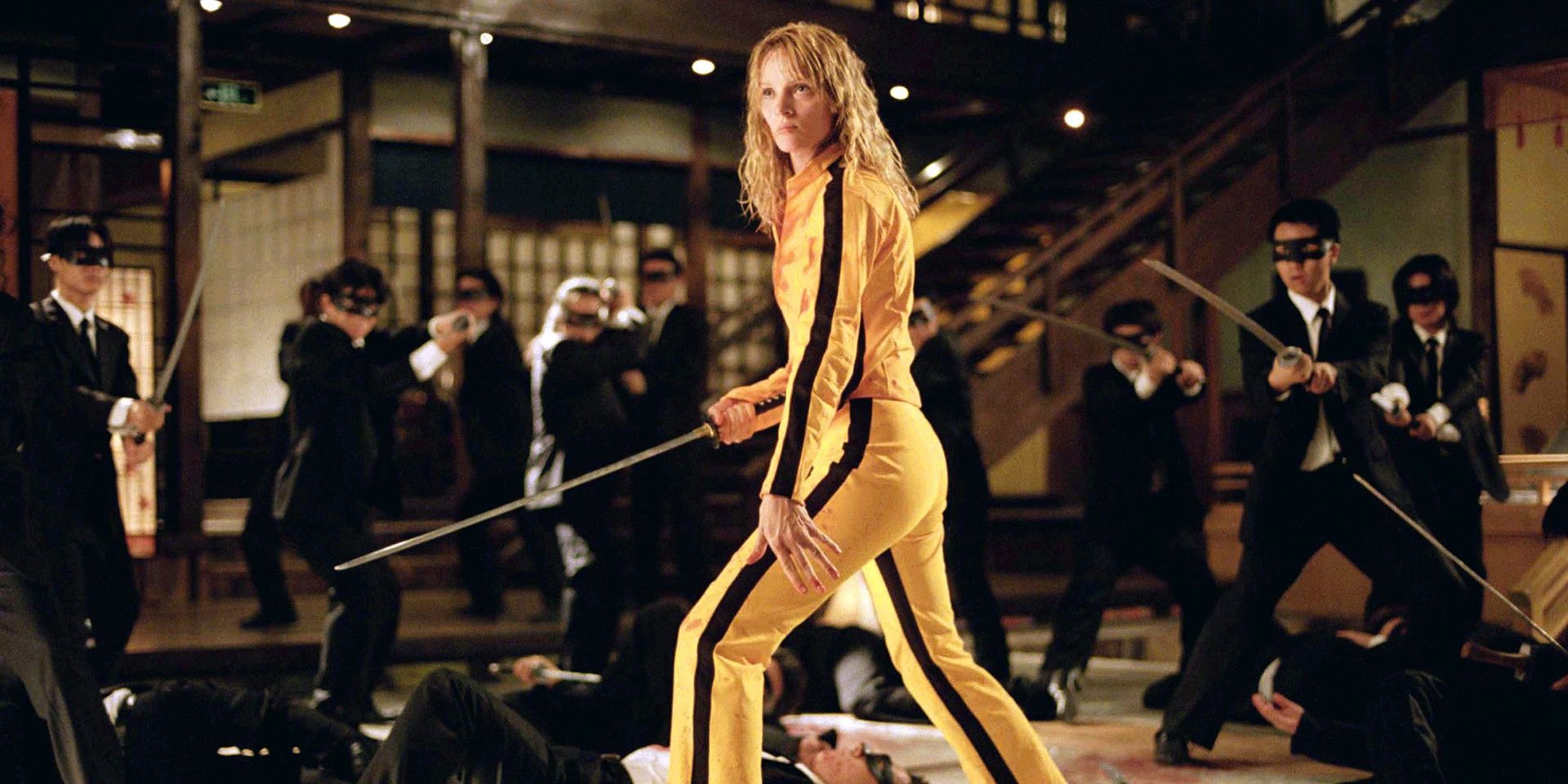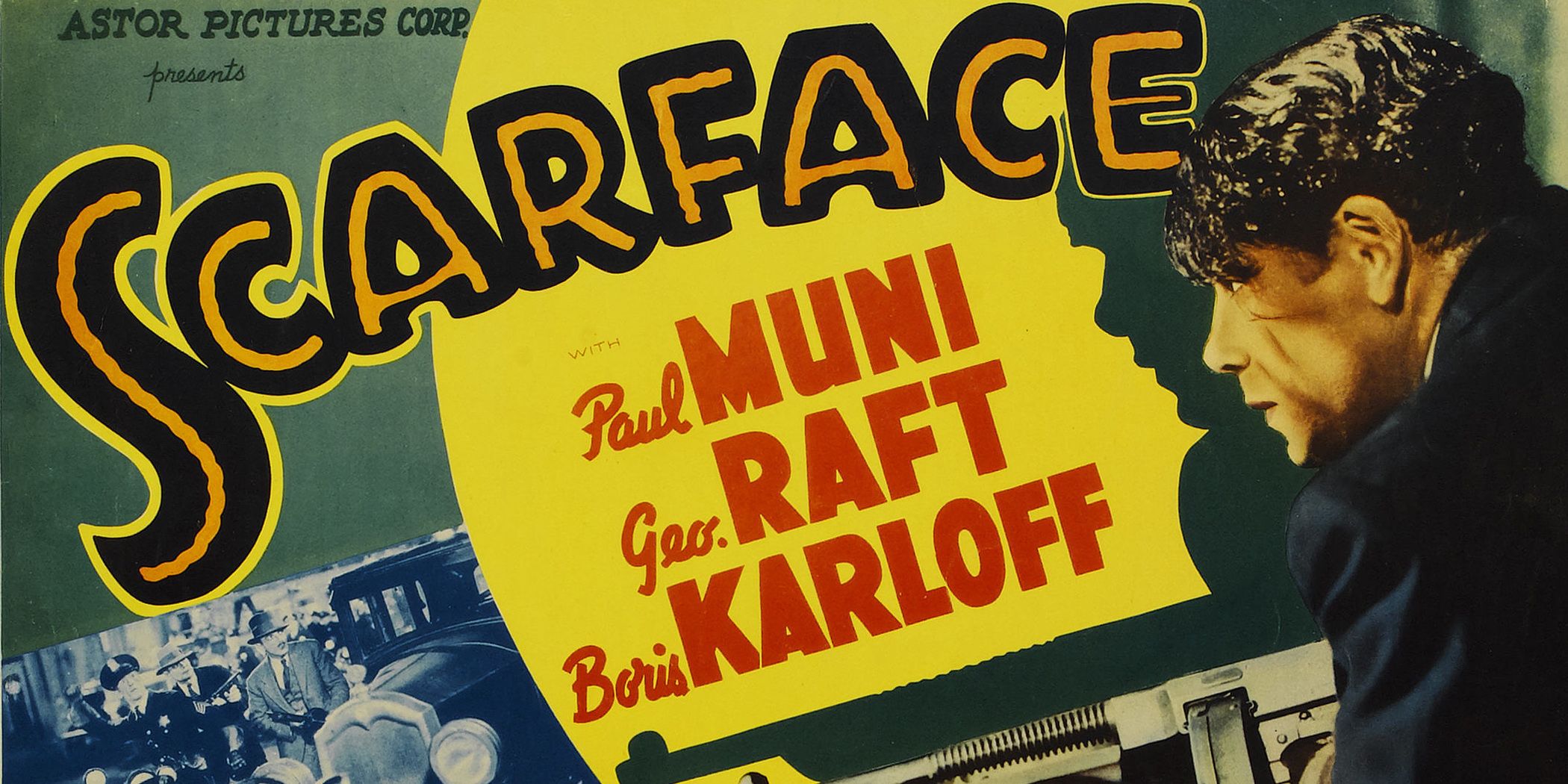Quentin Tarantino is one of the most beloved filmmakers working today. There are many factors that contribute to his unique style, but in broad strokes, he picks a well-worn genre, presents his own take on it, delivers the goods with all the familiar tropes, and goes the extra mile to transcend the trappings of said genre.
The director claims he’s only making one more film before he retires, and while that might not turn out to be 100% true, he may only have a handful more movies in him. So, here are five genres that Tarantino nailed, and five we’d love to see him tackle before he retires.
Nailed: Spaghetti Western
Spaghetti westerns are the Italian interpretation of the American western genre. Directors like Sergio Leone and Sergio Corbucci took the tropes and conventions of western movies helmed by Hollywood filmmakers like John Ford, but removed the romanticized view of the Old West. Instead, they presented a bleak, violent, unsanitized West.
Quentin Tarantino brought the Italian take on the quintessential American genre back to Hollywood cinema with Django Unchained. He addressed the ugliest chapter of America’s history — slavery in the antebellum South — through an empowering cowboy story.
Love To See: Science Fiction
Although he’s been backpedaling reports that he’s working on an R-rated Star Trek movie, it would still be great to see Tarantino tackle a sci-fi movie.
Directors like Ridley Scott and John Carpenter have put their own spin on the genre, creating cinematic masterworks that deal with lofty existential concepts and still have plenty of bloody violence. Tarantino likes to put his own stamp on his chosen genres, and science fiction cries out for authorial command.
Nailed: Crime
Quentin Tarantino’s first three movies — Reservoir Dogs, Pulp Fiction, and Jackie Brown — were crime movies. With each one, he knocked it out of the park. Tarantino admired Jean-Luc Godard and Jean-Pierre Melville’s French pastiches of American crime movies, and brought that style back to America for a heist movie, a gangster movie, and an Elmore Leonard adaptation.
From Jules Winnfield to Mr. Blonde to Marsellus Wallace to Vincent Vega, Tarantino’s crime movies birthed some of cinema’s most iconic gangsters.
Love To See: Horror
Asked about the possibility of making his final film a horror movie last year, Tarantino said, “If I come up with a terrific horror film story, I will do that as my tenth film. I love horror movies. I would love to do a horror film.”
Death Proof was an exploitation-tinged slasher, but it wasn’t a full-on horror movie. Whether he told a supernatural story or did something more grounded, it would be great to see Tarantino’s ultraviolent grindhouse style turned up to the max with a truly terrifying chiller.
Nailed: War
Specifically, when Quentin Tarantino set out to write and direct a war movie, he made an entry in the bunch-of-guys-on-a-mission subgenre. The story at the heart of Inglourious Basterds — Lt. Aldo Raine and his platoon of eight Jewish American soldiers going behind enemy lines to kill legions of Nazis — is an ultraviolent pastiche of movies like The Dirty Dozen and Where Eagles Dare.
Tarantino transcended the limitations of his period setting by tweaking history to include a gruesomely satisfying Hitler death scene.
Love To See: Biopic
Tarantino has expressed disdain for the biopic genre in the past, saying that they’re just an excuse for actors to win Oscars. But there are plenty of great biopics out there.
The best ones — like those directed by Martin Scorsese — take key moments from the subject’s life and play like a poignant character study. Tarantino has said that if he ever makes a biopic, it’ll tell the life story of abolitionist John Brown, which would be pretty awesome.
Nailed: Mystery
The Hateful Eight is usually categorized as a western, but that’s just its setting. The content of the story is really a mystery. We meet a bounty hunter named Major Marquis Warren, who’s heading into a town called Red Rock and ends up stranded at Minnie’s Haberdashery in the middle of a blizzard with a bunch of nefarious types he can’t trust.
The movie is a twist-filled whodunit with a couple of shocking eleventh-hour reveals and a nail-biting Oscar-winning score by Ennio Morricone.
Love To See: Eurospy
We got a taste of a Tarantino spy movie when a couple of Allied spies went undercover and played “The Name Game” with a bunch of Nazis in a basement bar in Inglourious Basterds. It would be great to see him write and direct a ‘60s-style spy flick in the vein of Connery-era Bond movies, with ludicrous gadgets and fast-paced action sequences.
Rick Dalton starred in a pastiche of Eurospy movies in Once Upon a Time in Hollywood. Tarantino would do a great job of helming a Eurospy-style American spy feature.
Nailed: Martial Arts
Many of Tarantino’s movies are revenge tales, but the most relentlessly vengeful character he’s ever created is Kill Bill’s the Bride. The first image he came up with was the opening shot: the Bride, lying on the floor of a church, beaten and bloodied, as her attackers look down on her, and she’s shot in the head.
What follows is a four-hour gore-fest as the Bride takes on all her old assassin buddies and slays nearly the entire yakuza along the way. Drawing influence from Lady Snowblood, Game of Death, and the blood-soaked works of the Shaw Brothers, Tarantino made a martial arts movie that feels like a love letter to martial arts movies.
Love To See: ‘30s-Era Gangster Epic
In a few different interviews, Quentin Tarantino has mentioned the prospect of making a gangster movie set in the 1930s — Prohibition era, John Dillinger-type material — and frankly, that’s incredibly tantalizing.
We already know that Tarantino writes great gangster characters. Add to that the imagery of tommy guns and Al Capone-esque fedoras, and you’ve got a recipe for a classic Tarantino flick.

